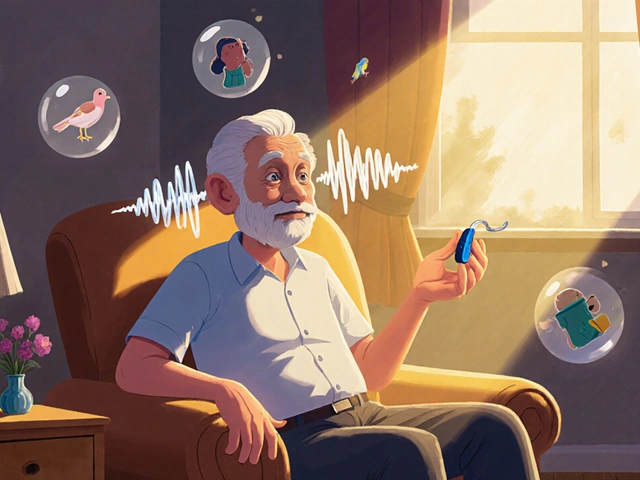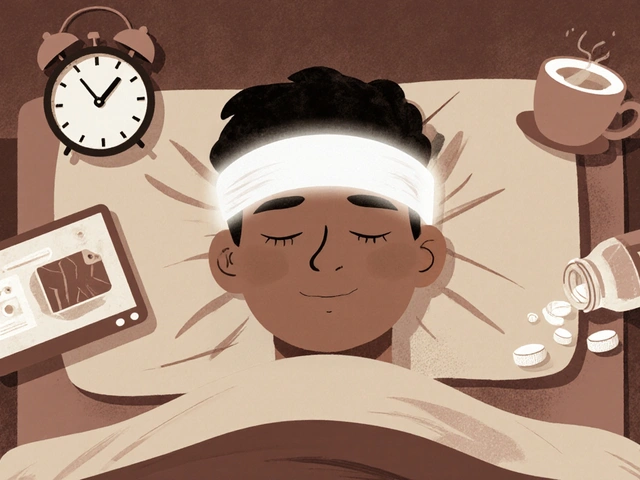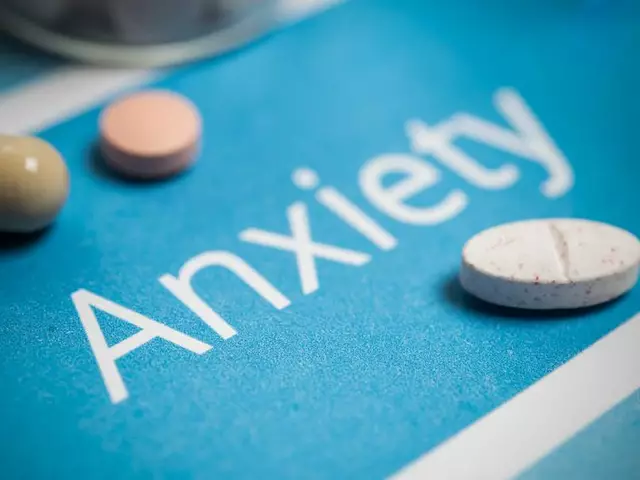OTC Hearing Devices: What They Are, How They Work, and Who They Help
When you struggle to hear conversations in crowded rooms or keep asking people to repeat themselves, it’s not just annoying—it’s isolating. OTC hearing devices, over-the-counter hearing aids designed for adults with mild to moderate hearing loss. Also known as non-prescription hearing aids, they’re the first of their kind approved by the FDA for direct consumer purchase without a doctor’s visit. Unlike traditional hearing aids that require fitting by an audiologist, these devices let you buy, adjust, and start using them in minutes—no appointment needed.
They’re not for everyone. If you have sudden hearing loss, ear pain, fluid drainage, or tinnitus that’s new or worsening, you need a medical evaluation. But for millions of adults over 50 who’ve been putting off hearing tests because of cost, time, or stigma, OTC hearing devices offer a real alternative. They’re built for everyday use: background noise reduction, voice clarity, and simple volume control—all in a small, discreet form. Many now include Bluetooth, rechargeable batteries, and smartphone apps that let you fine-tune settings on the fly. This isn’t science fiction—it’s what’s available today, and it’s changing how people live with hearing loss.
What makes these devices different from the old, bulky hearing aids you might remember? For starters, they’re designed by tech-savvy companies that understand how people actually use gadgets. You don’t need to be an expert to set them up. You just need to know your hearing isn’t what it used to be—and you’re ready to do something about it. They’re also far more affordable. While traditional hearing aids can cost $2,000 to $6,000 per pair, OTC versions often run under $500, and sometimes under $200. That price drop is why more people are finally trying them.
But not all OTC hearing devices are created equal. Some are better at filtering out noise in restaurants. Others focus on phone calls or TV listening. Some work best for high-frequency loss, common in aging ears, while others suit low-frequency issues. The key is knowing what kind of hearing loss you have. Most devices now come with built-in hearing checks through their apps, so you can test yourself before buying. And if you’re unsure? Look for brands that offer free trials and easy returns.
Behind the scenes, these devices rely on the same core tech as prescription hearing aids: digital signal processing, directional microphones, and feedback cancellation. But they’re simplified, standardized, and meant for self-management. The FDA’s 2022 rule change didn’t just lower the price—it lowered the barrier. Now, hearing help is no longer locked behind medical gatekeepers. It’s on store shelves, in online carts, and in the hands of people who’ve waited too long.
What you’ll find in the posts below are real comparisons, user experiences, and practical advice on choosing, using, and troubleshooting these devices. You’ll see how people manage them while traveling, how they stack up against older models, and what to do when they don’t work as expected. No fluff. No hype. Just what works—and what doesn’t—for everyday hearing needs.
17
Age-Related Hearing Loss: Understanding Presbycusis and Effective Amplification Strategies
Age-related hearing loss, or presbycusis, affects one in three adults over 65. Learn the symptoms, causes, and proven amplification strategies - from hearing aids to OTC devices - that can restore connection and protect your brain health.
Latest Posts
Popular Posts
-
 Stability Testing: Long-Term Quality Monitoring Post-Manufacture in Pharmaceuticals
Stability Testing: Long-Term Quality Monitoring Post-Manufacture in Pharmaceuticals
-
 Age-Related Hearing Loss: Understanding Presbycusis and Effective Amplification Strategies
Age-Related Hearing Loss: Understanding Presbycusis and Effective Amplification Strategies
-
 Cognitive Biases: How Your Beliefs Shape What You Say and Do
Cognitive Biases: How Your Beliefs Shape What You Say and Do
-
 Chronic Tension Headaches: What Triggers Them and How to Stop Them for Good
Chronic Tension Headaches: What Triggers Them and How to Stop Them for Good
-
 Medication Reminder Strategies: Apps, Alarms, and Organizers for Better Adherence
Medication Reminder Strategies: Apps, Alarms, and Organizers for Better Adherence



